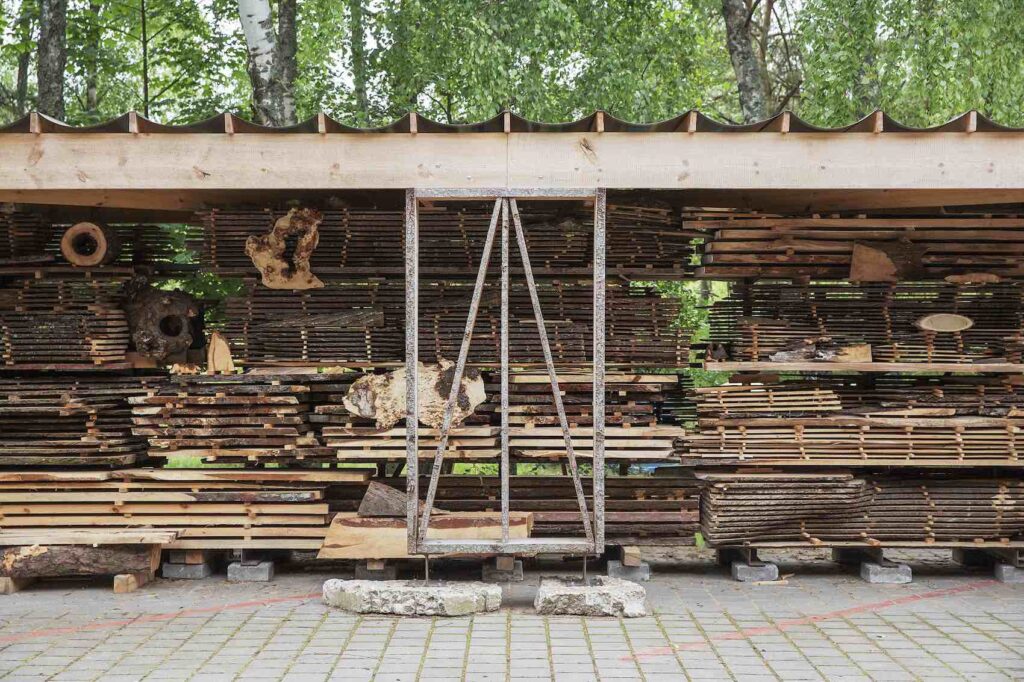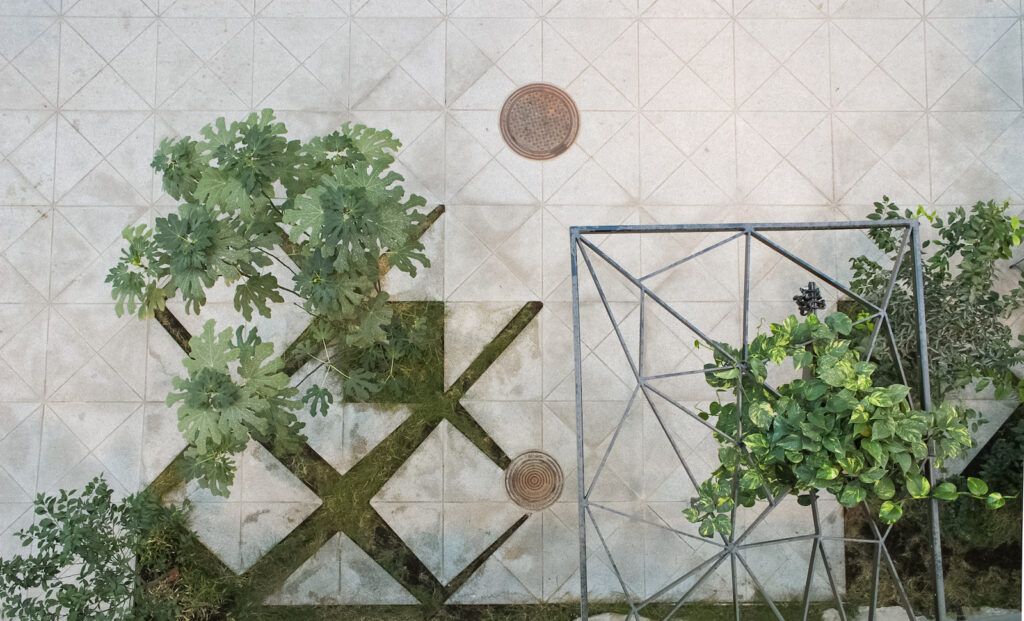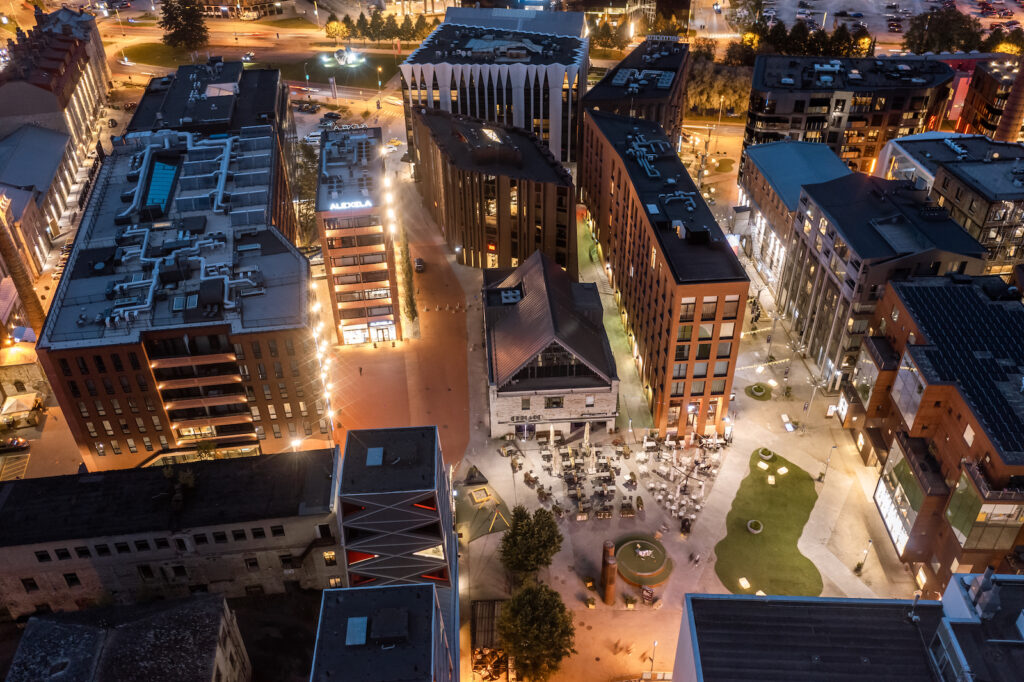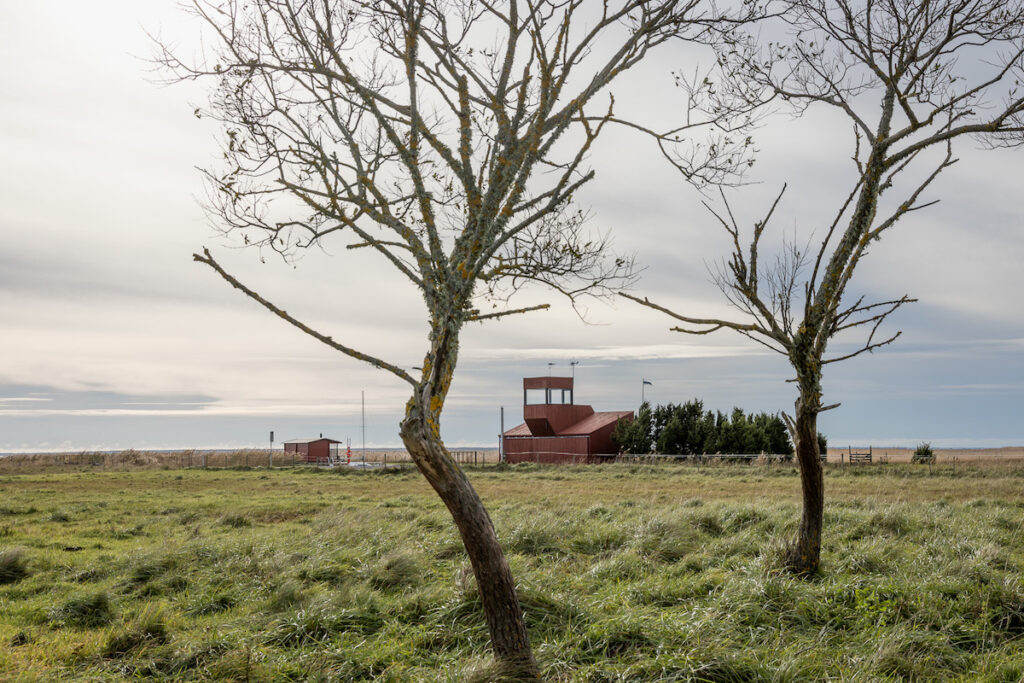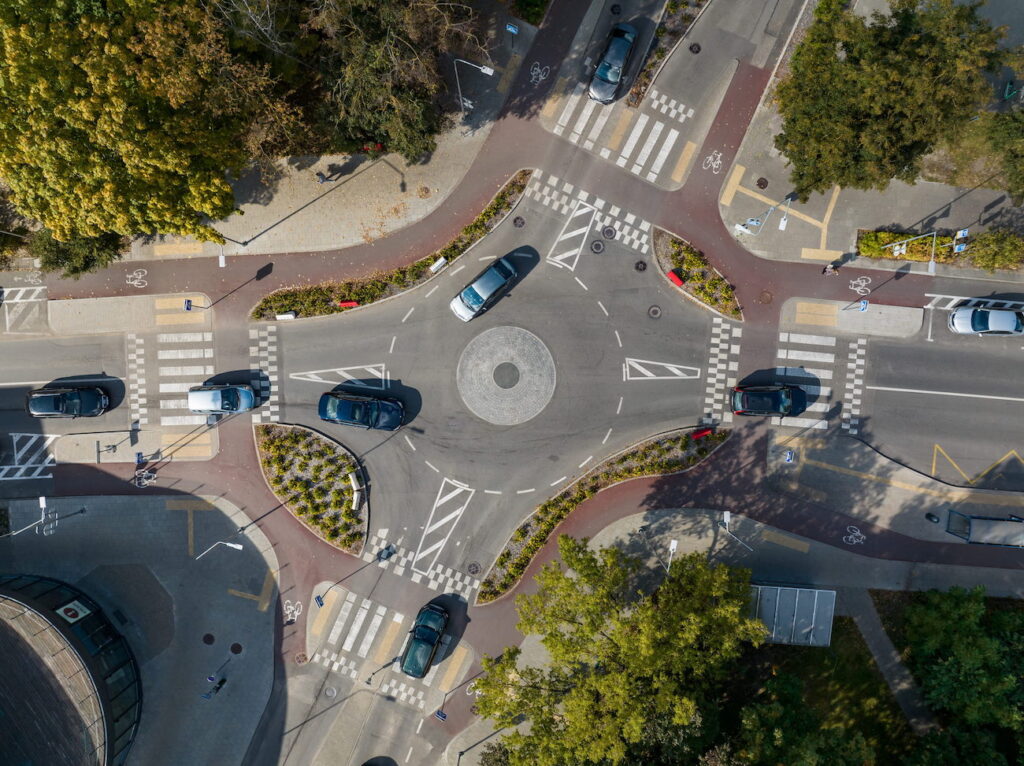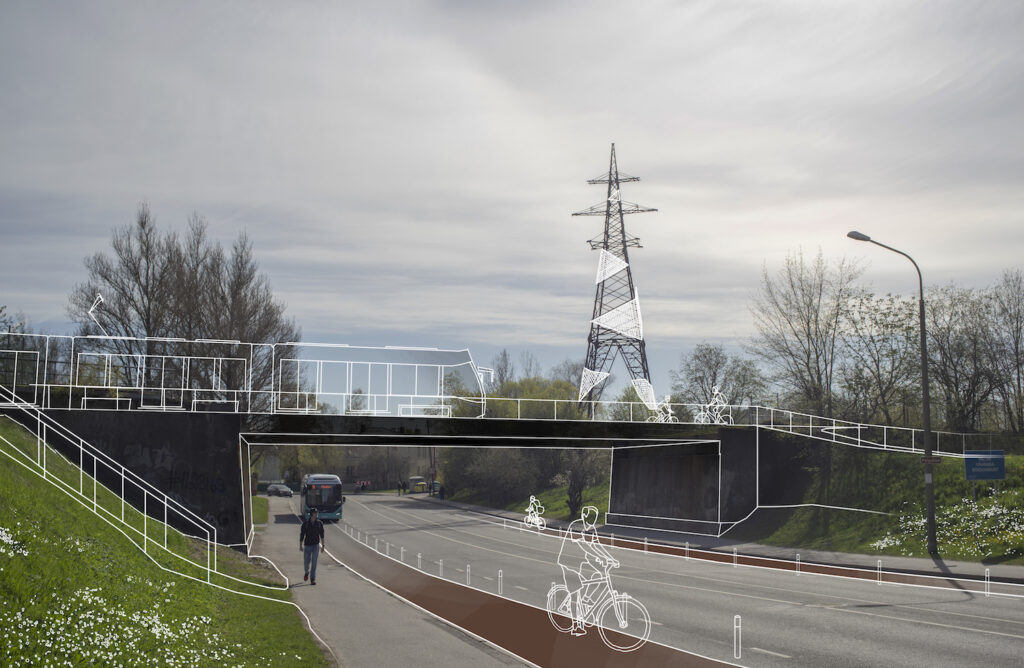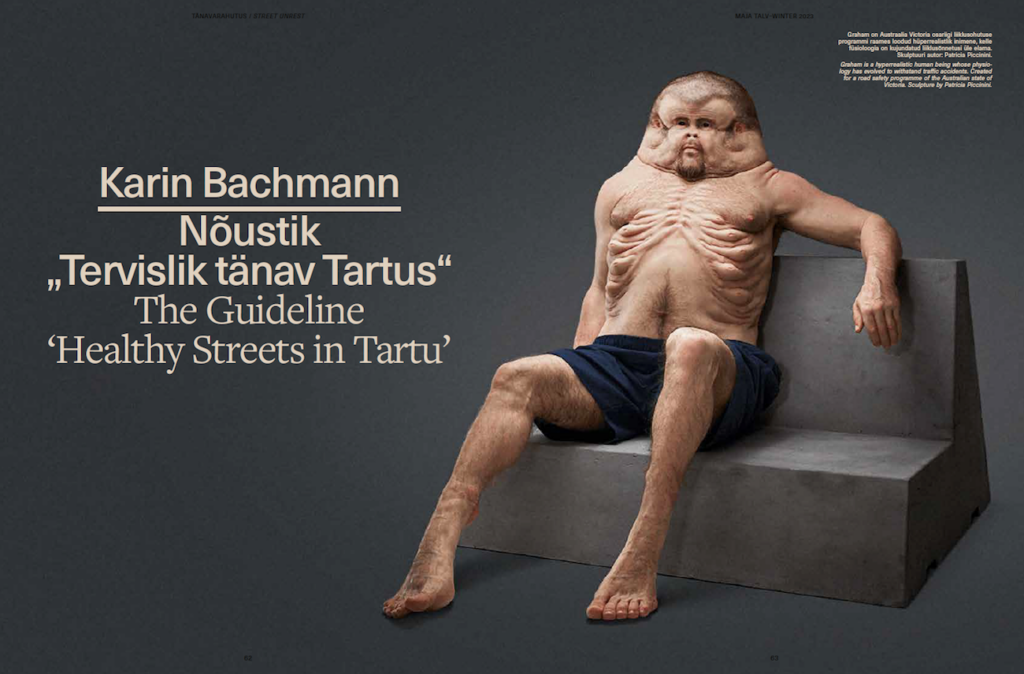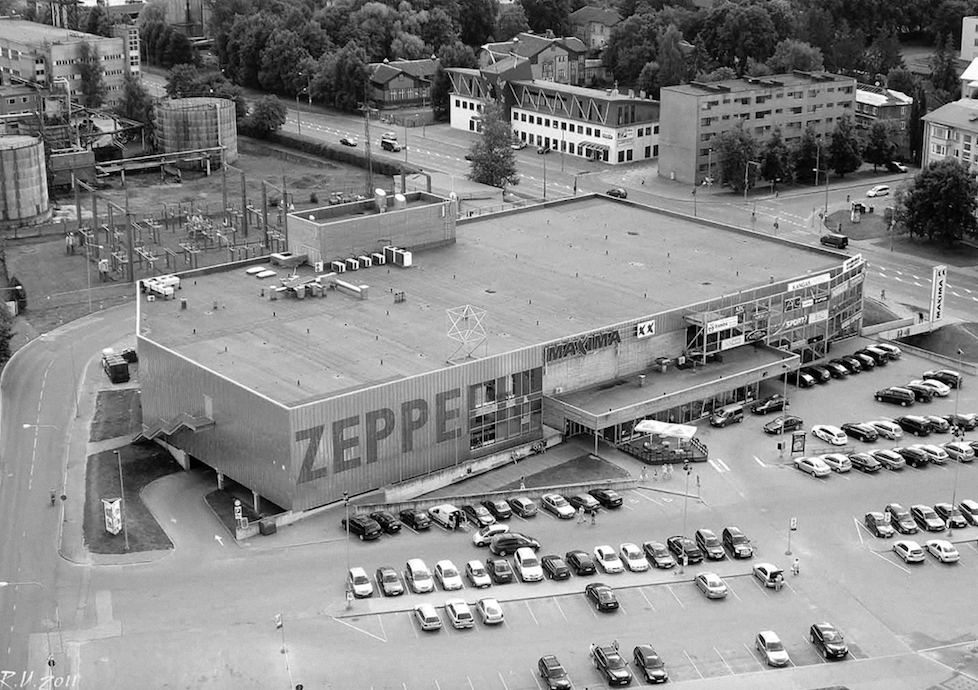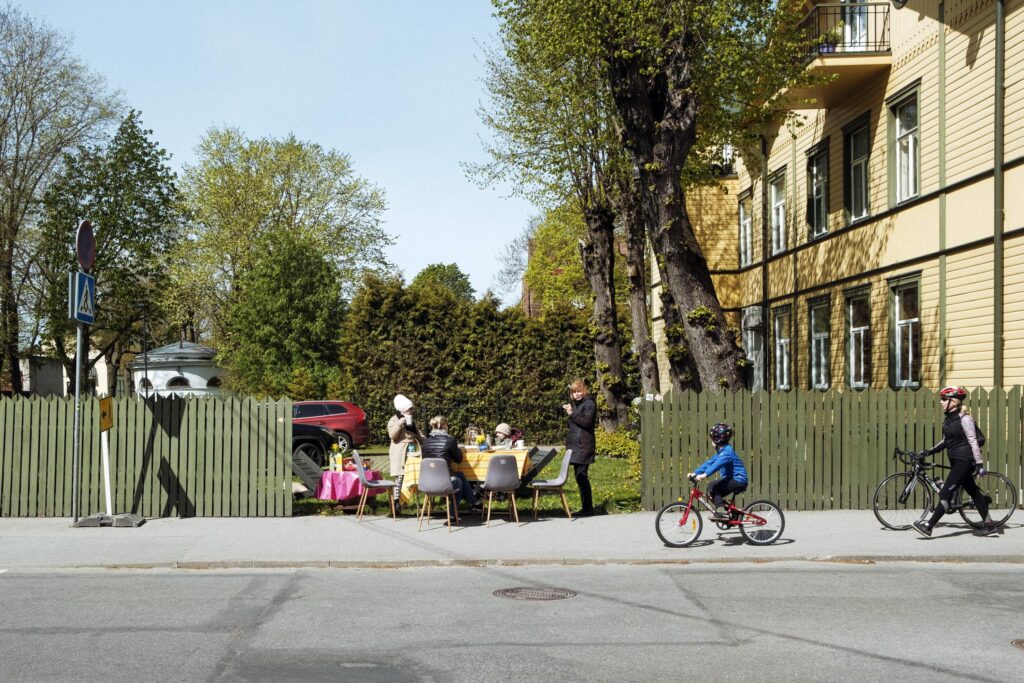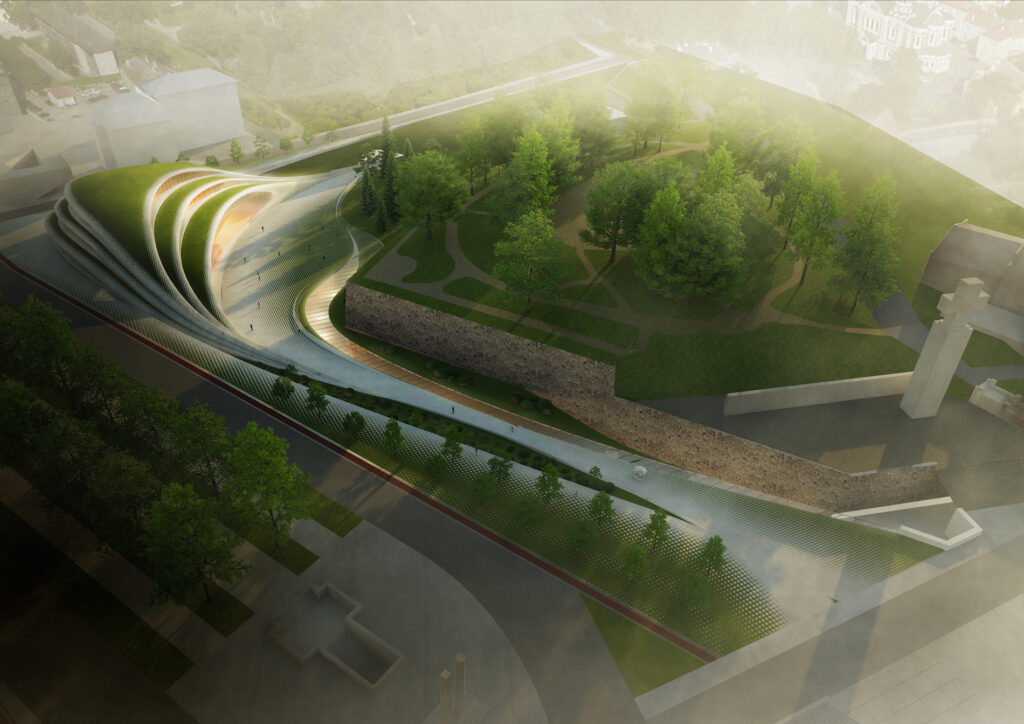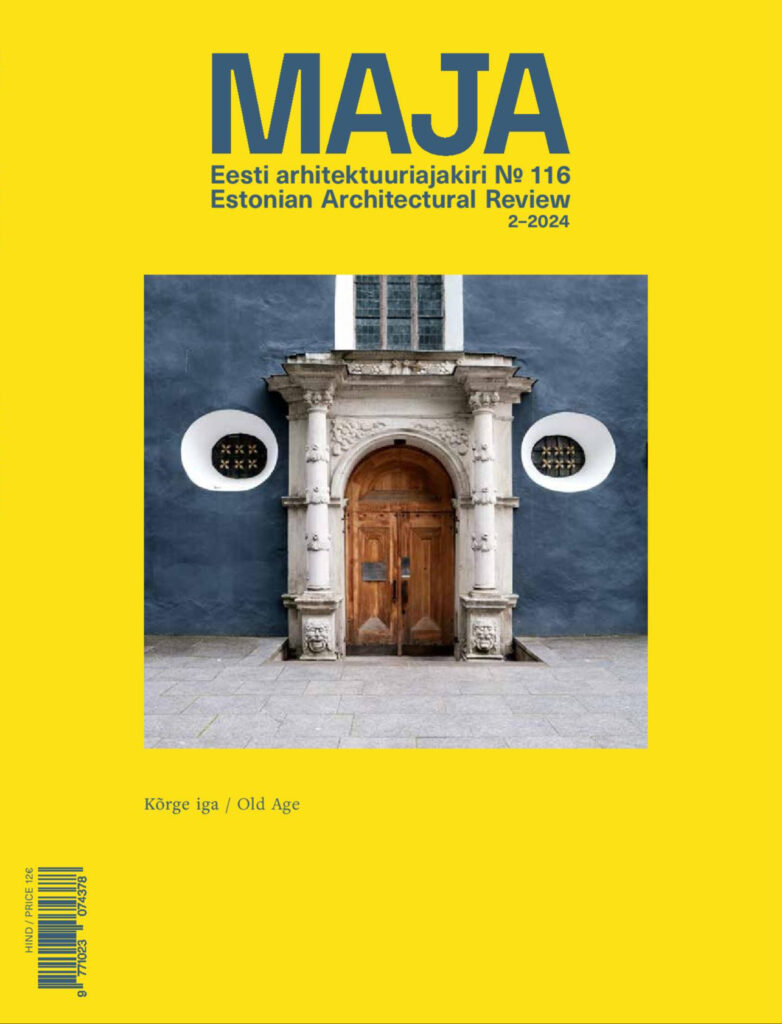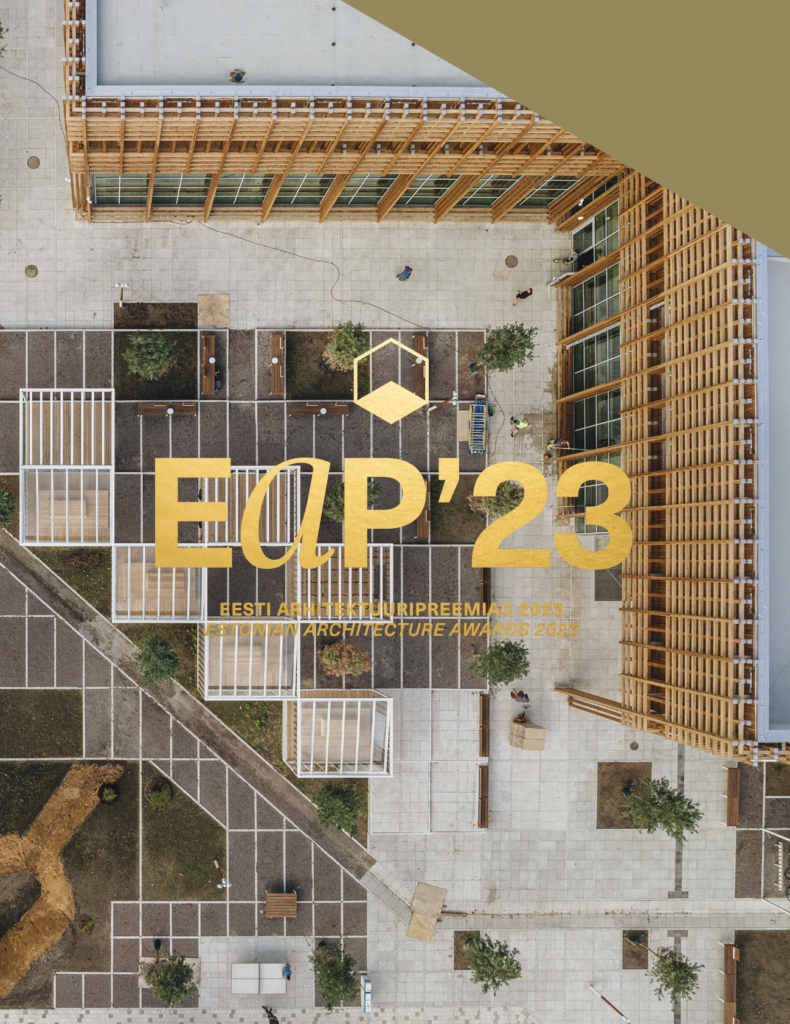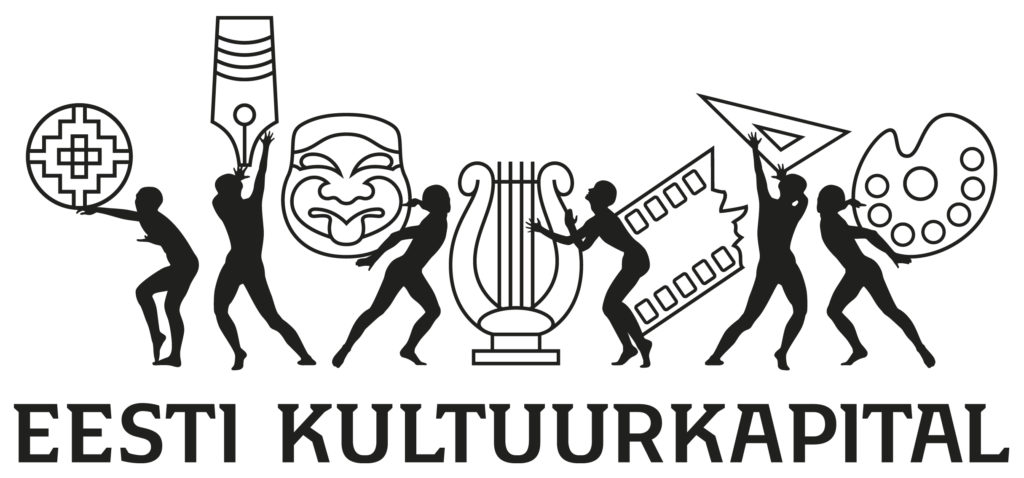(URBAN)LANDSCAPE
Jurga Daubaraitė, Egija Inzule and Jonas Žukauskas initiated Neringa Forest Architecture in Nida, Lithuania. They write about their work around a Baltic forest as a constructed space, an infrastructure, an environment reliant on human actions.
What is surprising and innovative about Fahle Park Gallery Street compared to earlier reconstructions of industrial architecture?
The Rotermann Quarter was the first ambitious attempt in independent Estonia to create a comprehensive and architecturally high-level urban space. 20 years have passed since the confirmation of the zoning plan that underlies the development of the area. Urbanist Mattias Malk examines what lessons could be drawn from the formation of this emblematic and groundbreaking space.
Indrek Allmann discusses landward- and seaward-facing small harbours.
In Tallinn, we have had quite a lot of good visions for the future: development plans, studies, and strategies. Yet, we have not acted according to these ideas which has resulted in a different environment than envisioned—especially if we look at our mobility and the quality of public spaces. Our colleagues in Vilnius have created a simple street manual and it seems that they are successful at implementing it. We gathered Jonas and Anton from Vilnius to find out how they have done it.
There is a lot of talk about Pollinator Highway but what exactly is it, where it is located and what is its purpose?
Healthy Streets in Tartu is a guideline providing help for city officials or specialists working on spatial design.
It is no news to architects and real estate developers that the design of a new spatial environment usually begins with parking spaces as if it was the fundamental value. More and more practitioners, however, complain about the outdated mindset related to parking norms and the need for a new approach allowing to implement more sustainable decisions. Tartu city architect and the head of the spatial design department Tõnis Arjus discusses the city’s new ambitious online app considering the parking spaces according to the actual need.
Thinking of design as a service means bringing into focus the user and user needs. The impact of user-specificity is steadily increasing in how the processes of spatial design are approached. Ave Habakuk from the Living Street movement writes about how to think of the street as a service.
The bastion belt should be a park with its use activated by a building.
Postitused otsas

